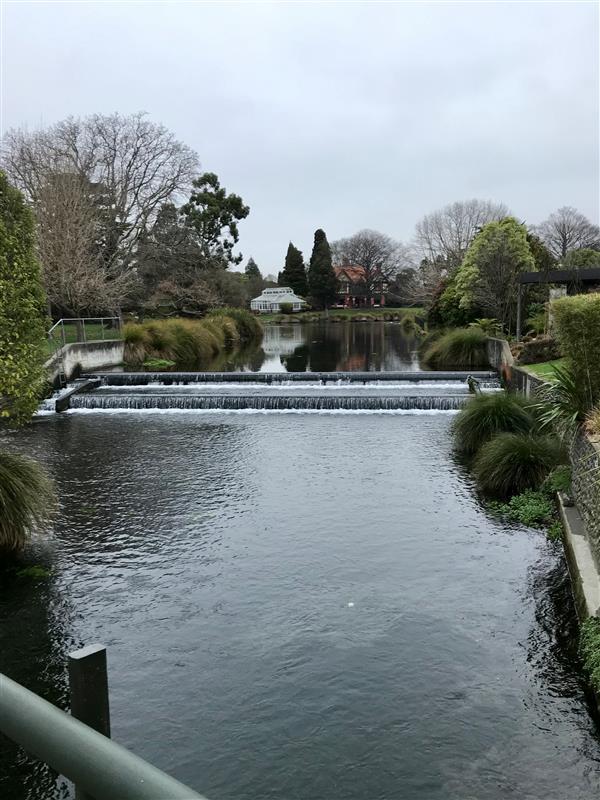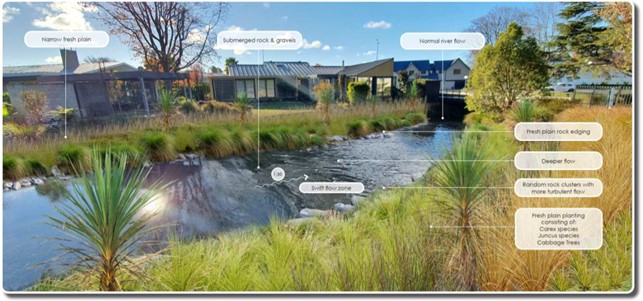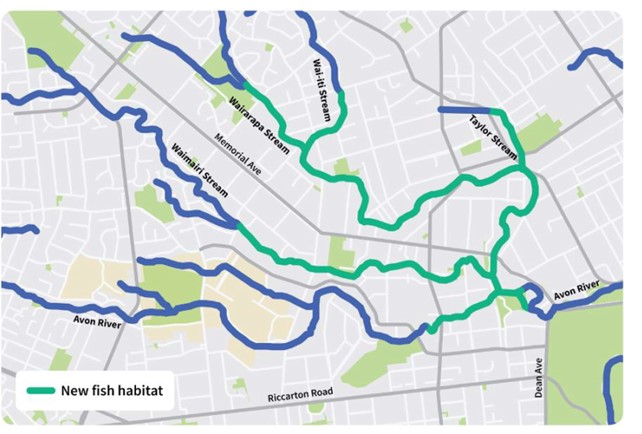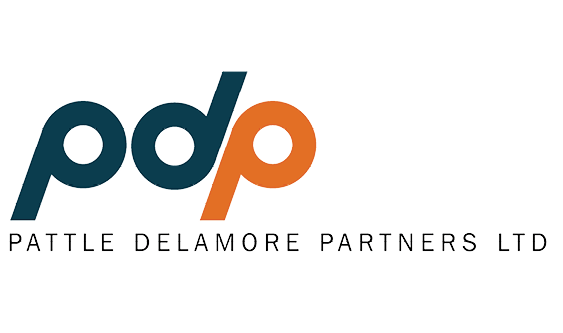“Mona Vale Weir Fish Passage” is a finalist in the Sustainability Award category at the 2024 Āpōpō Awards.
Over 9 km of new fish habitat has been restored to the upper branches of the Ōtākaro/Avon River in Central Christchurch through the Mona Vale Weir Fish Passage project designed by WSP. The replacement of an historic weir with a riffle ramp and emergent rock edge is a case study for improving native fish and invertebrate habitat practices nationwide.
All involved: WSP and Christchurch City Council
9 km of new fish habitat has been restored to the upper branches of the Ōtākaro/Avon River in Central Christchuch through the Mona Vale Weir Fish Passage project. The replacement of an historic weir with a riffle ramp and emergent rock edge is a case study for improving native fish passage practices nationwide.
Christchurch City Council used a risk-based approach to determine this site would provide the greatest benefit for opening up new habitat.
Extensive collaboration with local Māori iwi, ecologists, and community stakeholders ensured that diverse perspectives were considered, reflecting a holistic approach and promoting Te Mauri O Te Wai.
WSP used Computational Fluid Dynamics to demonstrate that mimicking natural boulder riffle structures would introduce the diverse range of flow conditions required by the native aquatic life.
Sustainable outcomes were prioritised throughout construction by reducing cartage of material, and intentionally not using any plastics in the site’s permanent works.







This project featured a multidisciplinary team of technical experts covering hydraulics, stormwater design, ecology, contaminated land, geotechnical structural engineering and landscape architecture. The WSP design team and construction monitoring team had a dedicated WSP project management and directorship to control delivery and align with project objectives.
Christchurch City Council (Council) led with their project manager taking ownership of the outcomes from an asset owner’s perspective. The collaborative process was with multiple partners and stakeholders providing insight and feedback as part of the design process. The team at WSP produced visualisation imagery used for consultation and incorporated feedback from partners and stakeholders including the Papatipu Rūnanga partner through Mahaanui Kurataiao Ltd, Mona Vale Homestead, Department of Conservation, Fish and Game, Environment Canterbury, international fish passage experts, local ecologists, archaeologists, community boards and adjacent property owners.
Improving the design of the waterway riffle and fish passage is industry-leading, which meant the project needed to be led by experts. Locally, the technical leadership was provided by WSP’s Principal Stormwater Engineer who has presented nationally on fish passage, including at the 2023 Āpōpō conference. This was complemented with top international expertise by using Professor Lee Baumartner from Charles Sturt University, NSW Australia, to provide peer review on the principle hydraulic assumptions and design. Expertise from the design phase was retained throughout the construction phase by continuing to involve the same Principal Stormwater Engineer for resolving queries and delivery challenges.
The physical works delivery approach accounted for the sensitive environmental values of the site by minimising disruption, earthworks, managing contamination risks, and creating a stringent sediment management plan. The Safety-in-Design and risk workshops identified that the downstream kākahi (freshwater mussel) habitat required protection, which meant the construction methodology had to keep water always flowing through the site.
The Sustainability Award is proudly sponsored by Morphum Environmental















